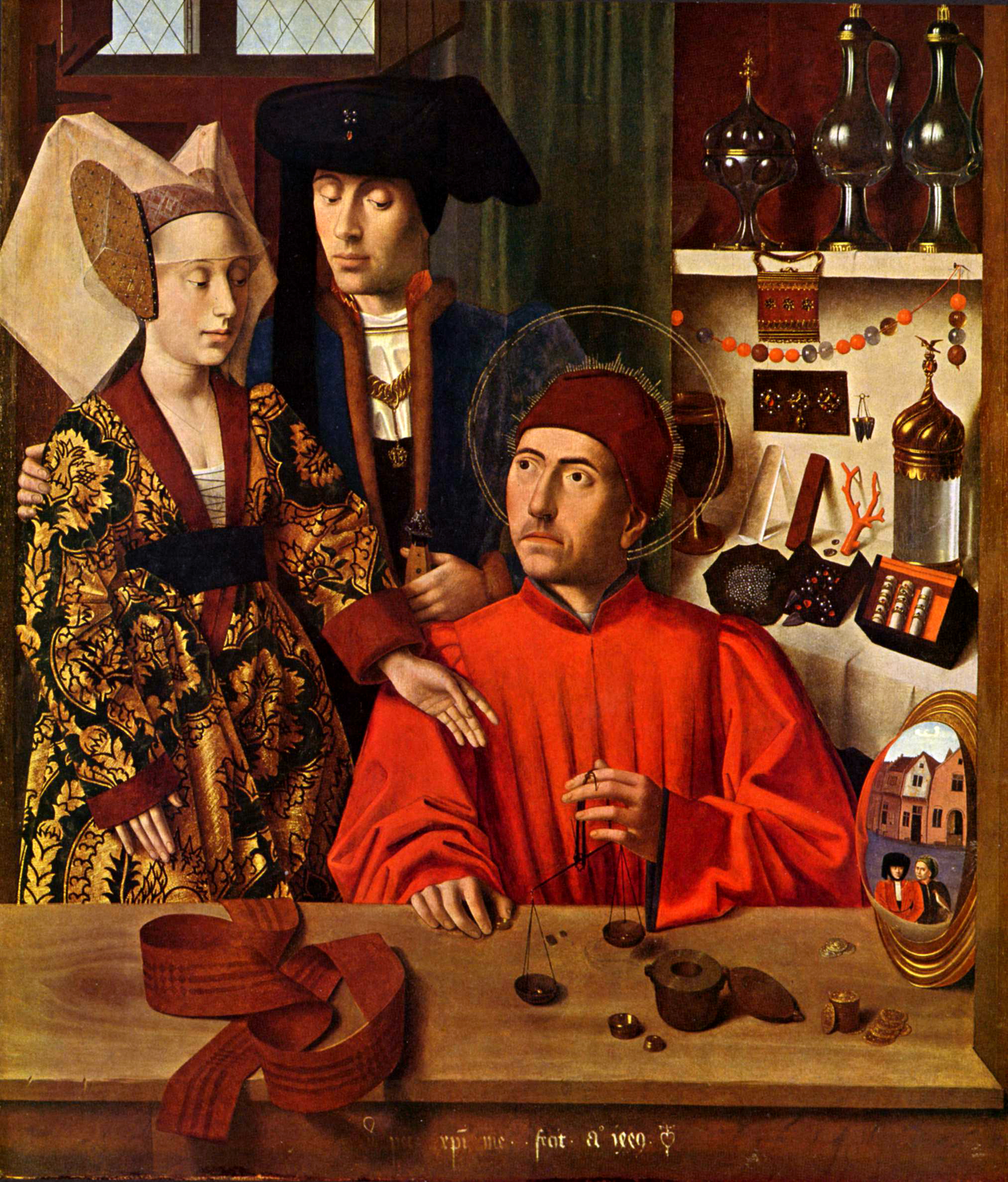This is opposed to messages that may be left by non miners during transactions.
Miner messages are therefore of course much harder to control on established blockchains, as they basically require consensus in a mining pool to set. Most of them are just ads for the mining pool itself.
Many people believe that knowledge graphs are a key element of AGI: Knowledge graph as a component of AGI.
Bibligraphy:
GraphRAG: The Marriage of Knowledge Graphs and RAG by Emil Eifrem
. Source. Dan, if you ever Google yourself here, please contact Ciro Santilli: Section "How to contact Ciro Santilli" to do something with OurBigBook.com. Cheers.
A lot of important development discussion happened in those channels: en.bitcoin.it/wiki/IRC_channels
At www.reddit.com/r/Bitcoin/comments/5pvp6m/is_there_a_log_for_the_bitcoin_irc_channel/ "Is there a log for the bitcoin IRC channel?" Luke Dashjr comments:User "midmagic" (TODO identify) then comments:
No, it is meant to be private without logging allowed.
Some IRC logs were dumped into the Bitcoin blockchain at: IRC log dumps where they cannot be deleted.
Created by Luke Dashjr.
The pool is named after Saint Eligius, patron of miners[ref]
Eligius also means to "choose" or "chosen" in Latin: en.wiktionary.org/wiki/Eligius, same root as "to elect" in modern English presumably.
Saint Eligius by Petrus Christus
. Source. Eligius pool is named after Saint Eligius, patron of goldsmiths and miners[ref]Accounts:
- twitter.com/lukedashjr on Twitter. Status as of January 2024:This dude doesn't fuck around. Or perhaps he only fucks around. Either way.
father of 10 children
- www.linkedin.com/in/lukedashjr/ on LinkedIn
- bitcointalk.org/index.php?action=profile;u=3318 on bitcointalk.org
- www.reddit.com/user/luke-jr/
- github.com/sponsors/luke-jr
- freenode username:
luke-jr, mentioned e.g. at bitcointalk.org/index.php?topic=38007.0 from Section "Prayer wars"
Author of the prayer side of the Prayer wars.
Creator of Eligius pool Bitcoin mining pool.
According to LinkedIn he studied at the Benedictine College in Kansas.
TODO is his real birthname "Luke Dash Jr."?
Apparently he had his coins stolen in January 2023, then worth $3.5m: blog.cryptostars.is/luke-dashjr-an-original-bitcoin-developer-loses-all-his-btc-88421c395ce5p...
There are unlisted articles, also show them or only show them.

